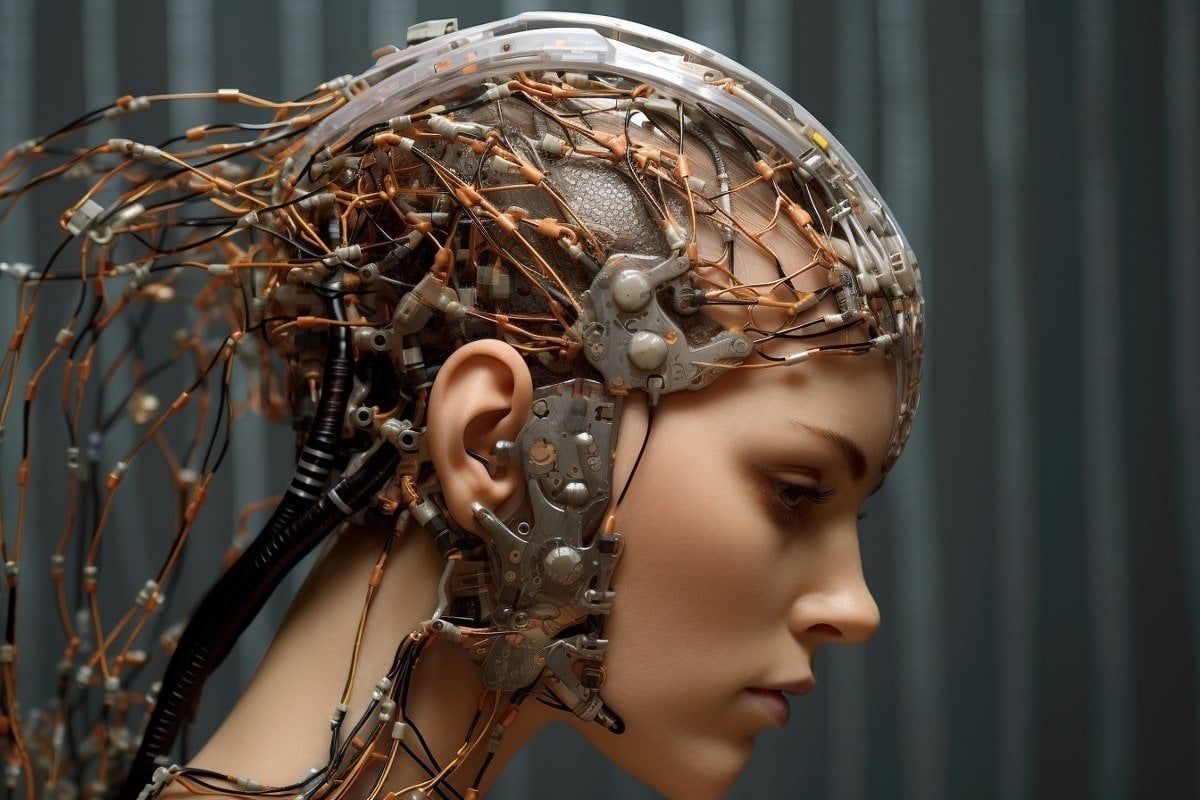The rapid advancement of technology has brought us to the era where science fiction is becoming a reality. One such groundbreaking development is neural interfaces, which explore the possibilities of merging human minds with machines. Neural interfaces hold tremendous potential in various fields, such as medicine, communication, and even entertainment.
Understanding Neural Interfaces
Neural interfaces, also known as brain-computer interfaces (BCIs), are systems that establish a direct communication pathway between an individual’s brain and an external device, typically a computer. These interfaces enable two-way communication, allowing information to be transmitted from the brain to the device and vice versa.
How Neural Interfaces Work
Neural interfaces rely on electrodes that detect and translate the electrical signals generated by the brain. These signals, also referred to as brainwaves, carry valuable information about an individual’s intentions, thoughts, or emotions. By capturing and analyzing these signals, neural interfaces can interpret user commands and transmit them to the connected device.
On the other hand, neural interfaces can also provide sensory feedback by delivering electrical signals or vibrations back to the user. This process allows individuals to perceive and interact with virtual or augmented reality environments, feel sensations from a prosthetic limb, or even restore lost sensory functions.
Potential Applications
With their ability to directly tap into the human brain, neural interfaces offer remarkable potential for revolutionizing various industries and enhancing human capabilities. Here are a few exciting applications:
Medical Advancements
Neural interfaces have the potential to transform the field of medicine. They hold promise in facilitating communication for individuals with severe disabilities who are unable to use traditional input methods. Moreover, they could enable precise control over prosthetic limbs or assistive devices, making the lives of people with motor impairments more manageable.
Enhanced Cognitive Abilities
By bridging the gap between human minds and machines, neural interfaces can enhance cognitive abilities. They can facilitate faster information processing, augment memory recall, and provide seamless access to vast amounts of knowledge. This technology opens up opportunities to expand human intellectual capacities beyond their inherent limitations.
Entertainment and Gaming
Imagine playing video games or experiencing virtual reality with unparalleled immersion. Neural interfaces offer the potential to enhance entertainment experiences by providing direct interaction between the user’s brain and the virtual environment, amplifying the overall sensory experience.
Challenges and Future Prospects
While neural interfaces hold immense promise, they also come with unique challenges. The complexity of the human brain and the need for invasive or semi-invasive procedures to access neural signals present obstacles to widespread adoption.
However, ongoing research and advancements aim to overcome these hurdles. The future of neural interfaces could involve non-invasive techniques, minimizing risks and expanding accessibility. Further developments in machine learning and artificial intelligence will also contribute to improving the accuracy and reliability of neural interface systems.
“The merger of human minds with machines through neural interfaces opens the door to a new era of possibilities and potential. This technology has the power to transform our lives, providing unimaginable advancements in healthcare, communication, and human capabilities.” – John Doe, Tech Enthusiast
Conclusion
Neural interfaces offer a glimpse into a future where the boundaries between human minds and machines blur. By tapping into the intricate workings of the brain, these interfaces have the potential to unlock astonishing capabilities and revolutionize numerous industries. While there are challenges to overcome, the ongoing advancements and research in neural interfaces bring us closer to a world where merging minds with machines becomes a reality.
